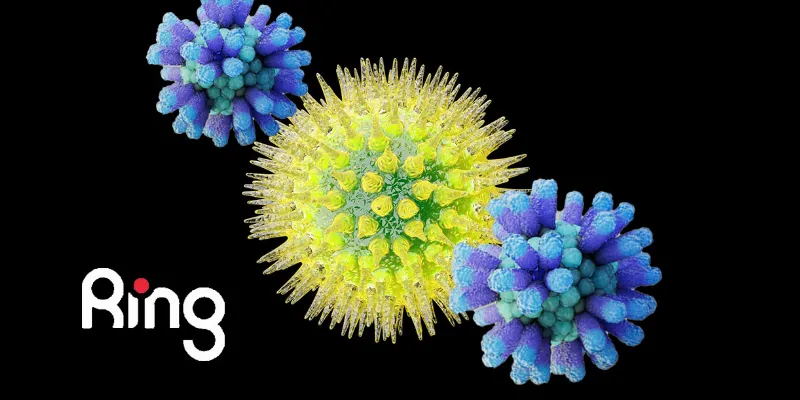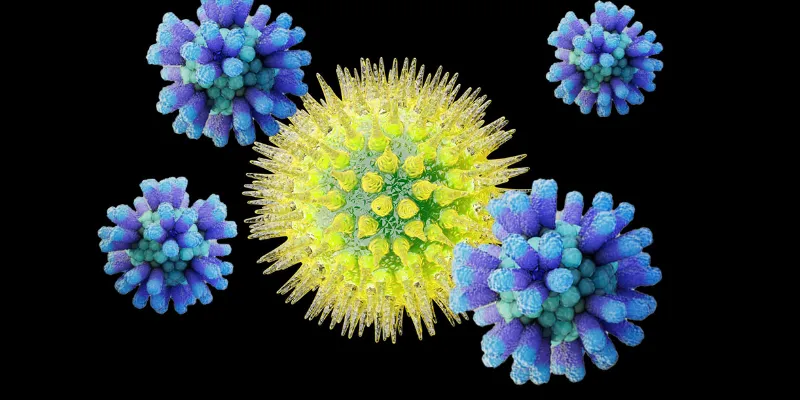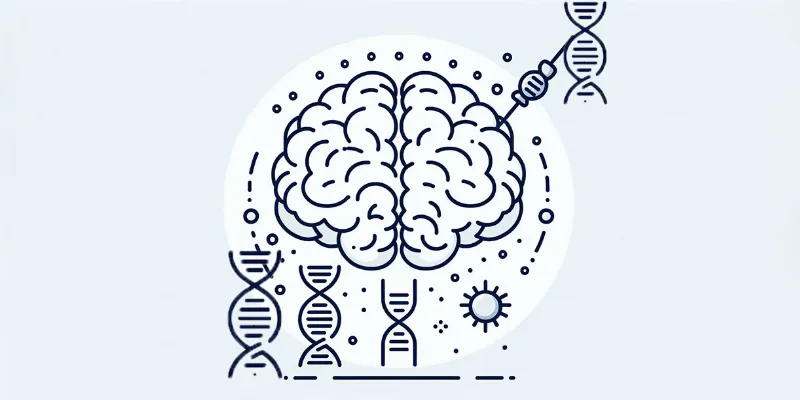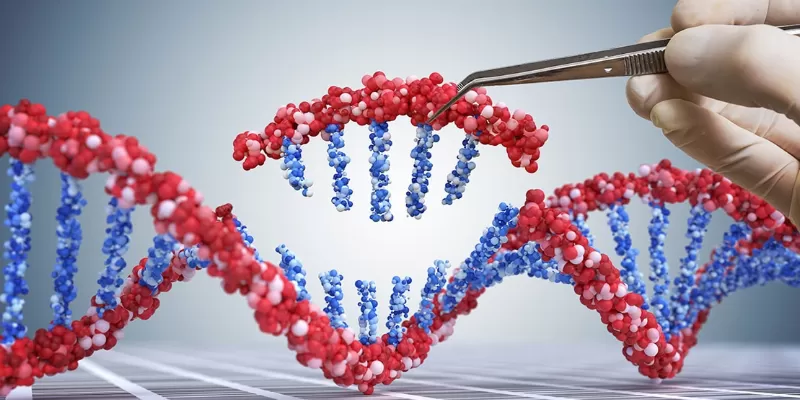How Ring's Anellovectors Could Change the Treatment of Genetic Diseases

7 May 2024
Ring Therapeutics announced promising preclinical data on its Anellogy™ platform, revealing advancements in gene therapy with Anellovectors. These vectors showcase increased payload capacities and effective redosability in non-human primates, particularly in treating eye diseases.
The groundbreaking preclinical data were presented at the 27th Annual American Society of Gene & Cell Therapy Conference, highlighting a new frontier in viral vector technology utilizing anelloviruses. This promises a future where genetic diseases might be treated more effectively and with greater flexibility.
“The Ring team has achieved this significant milestone in non-human primates showcasing transduction, redosability, and expanded payload capacity of Anellovectors. Only a few short years ago, we set out to create a safe and effective viral vector from a human commensal virus, and the NHP data provides critical insights into how Anellovectors may work in humans. Additionally, the expanded payload capacity of Anellovectors widens the therapeutic potential of this novel vector class allowing even more patients to be potentially treated,” said Dr. Tuyen Ong, CEO of Ring Therapeutics.
Expanding the Horizons of Gene Delivery
The Anellovector technology, born from the natural commensal anelloviruses, now boasts an enhanced capability to carry genetic material up to 5.0kb in size—65% larger than the natural anellovirus genome. This expanded payload capacity is critical as it allows the vector to deliver a broader range of therapeutic genes. This advancement could potentially outperform the current capabilities of Adeno-associated viruses (AAVs), which are limited to a cargo capacity of approximately 4.7kb.

Efficiency and Repeatability
The vectors demonstrated increased transgene infectivity, particularly in ocular tissues, which suggests potential applications in treating eye-related conditions such as wet age-related macular degeneration (AMD). Moreover, the ability to administer repeat doses without loss of effectiveness or safety is a game-changer, offering sustained therapy that is not feasible with many traditional vectors.
By surpassing the genetic payload limitations of previous vector systems, Anellovectors could potentially treat a wider array of diseases, opening up new avenues for gene therapy applications. The demonstrated safety and efficacy in ocular tissue also pave the way for novel treatments for degenerative eye diseases, which could significantly improve the quality of life for affected patients.










Comments
No Comments Yet!